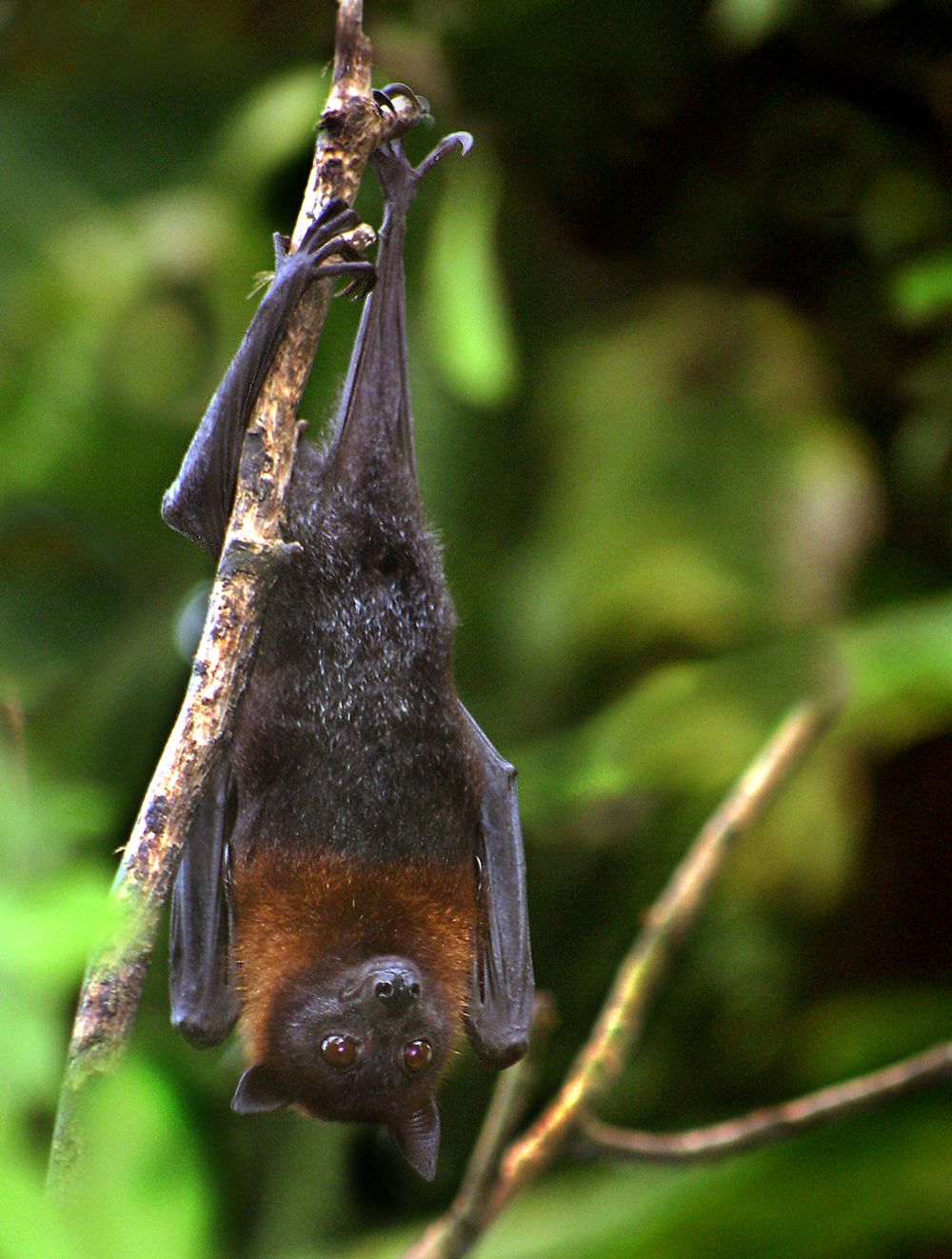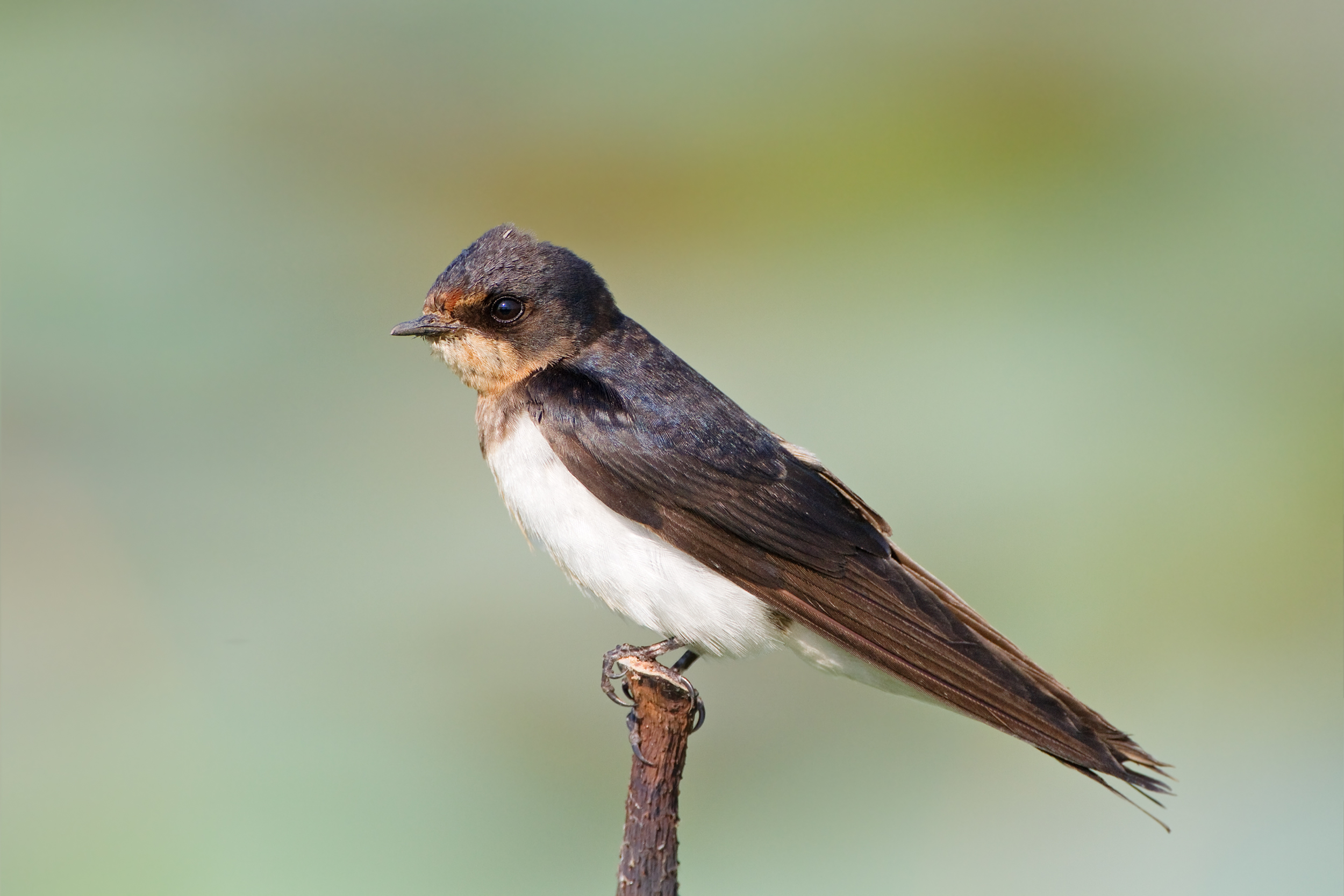Chao Phraya Freshwater Swamp Forests
The ecoregion’s land area is provided in units of 1,000 hectares. The conservation target is the Global Safety Net (GSN1) area for the given ecoregion. The protection level indicates the percentage of the GSN goal that is currently protected on a scale of 0-10. N/A means data is not available at this time.
Bioregion: Indochina Mixed Forests & Peatlands (IM12)
Realm: Indomalaya
Ecoregion Size (1000 ha):
3,909
Ecoregion ID:
224
Conservation Target:
5%
Protection Level:
2
States: Thailand
Like all freshwater swamp forest ecoregions in Asia, this ecoregion has also been extensively converted for human land use. It would be difficult to find areas of the original vegetation today, and the biological attributes of this ecoregion can only be inferred based on historical records and stories. The Chao Phraya River flows through Thailand, and most of the river’s floodplains have been built up.
The sprawling capital of Thailand, Bangkok, which supports over 8 million people, sits in the lower reaches of this ecoregion. Very little of the ecoregion’s natural habitat is protected, and because there is hardly any remaining natural habitat, there is little chance to protect additional habitat.

The flagship species of the Chao Phraya Freshwater Swamp Forests ecoregion is the Lyle’s flying fox. Image credit: Malene Thyssen, Creative Commons
Historically, the Chao Phraya Freshwater Swamp Forests ecoregion had swathes of freshwater swamp forests along the alluvial plains of the river, extending about 400 km north to its major tributaries. In the lower reaches, the floodplains are about 180 km wide: an indication of the size of the river and the extent of its environmental significance.
The lower reaches represent an area of silt deposits, 15 to 30 m deep, overlaying the soft marine clays deposited when the area was once a huge bay of the South China Sea about 6,000 to 8,000 years ago when sea levels were approximately 4 m higher than present. This area, known as the Lower Central Plain, has an average elevation of about 2 m above mean sea level. Above this, the Upper Central Plain extends north to cover the lower valleys of the Ping and Nan rivers, about 20 m above sea level.

White river martin. Image credit: JJ Harrison, Creative Commons
The climate is monsoonal, with about 1,400 mm of annual rainfall. The mean maximum and minimum temperatures are 33°C and 24°C, respectively.
The ecoregion’s vegetation was maintained through highly dynamic ecological processes. As the silt brought down from the river was deposited in the lower floodplains, seawater intrusion into upriver became blocked, and the mangroves and swamps that were adapted to salt and brackish water were replaced by vegetation communities adapted to freshwater systems. The freshwater swamp forests here were dominated by tall stands of Dipterocarpus alatus trees and associated species, especially on higher grounds. Smaller species such as screw pine grown along the more swampy areas, with reeds, grasses and sedges.
The freshwater swamps gradually transitioned to mangroves in the lower reaches, close to the estuary where the influence of seawater was more pronounced. Some of the marsh grasses such as Phragmites were once widespread through this region, but have now largely disappeared, replaced by Typha angustifolia, or cattail, a common marsh plant found across the world. A small patch of the original Phragmites grasslands is conserved in Khao Sam Roi Yot National Park.
-CC-Charles%20J%20Sharp-2017.jpg)
Asian openbill stork. Image credit: Charles J Sharp, Creative Commons
More than a quarter of all the threatened bird species in Thailand and several mammal species live in wetlands. Many of the larger birds probably disappeared with the mammals. The colonies of Oriental darters that nested on trees in the middle of Bangkok have now disappeared, and so have the nesting Sarus cranes, vultures, spot-billed pelicans, adjutant storks, and wintering populations of black kite. However, there are still some important breeding colonies of large water birds that require conservation attention, with conservation opportunities. The area Is also home to a nationally important population of Lyle’s flying fox, a fruit-eating bat species.
Thus, the priority conservation recommendations are to: 1) conserve the remaining wetlands, especially as green areas in urban landscapes; 2) encourage the presence and breeding of the birds in this ecoregion; and 3) identify possible opportunity for the restoration of swamp forests and wetland.
Citations
1. Wikramanayake, E, E. Dinerstein, et al. 2002. Terrestrial Ecoregions of the Indo-Pacific: A Conservation Assessment. Island Press.
2. Critical Ecosystem Partnership Fund. Ecosystem Profile. Indo-Burma Biodiversity Hotspot. 2011 Update. Oct 2012. https://www.cepf.net/Documents/final.indoburma_indochina.ep.pdf Accessed 15 December 2017
3. Thailand. 5th National Report on implementation of the Convention on Biological Diversity. Office of Natural Resources and Environment Policy and Planning. Ministry of Natural Resources and Environment. https://www.cbd.int/doc/world/th/th-nr-05-en.pdf Accessed 19 Dec 2017.



